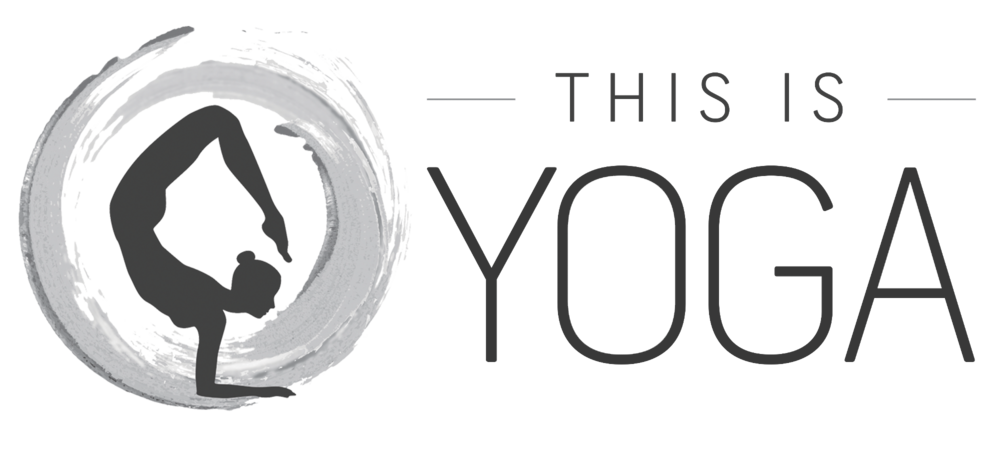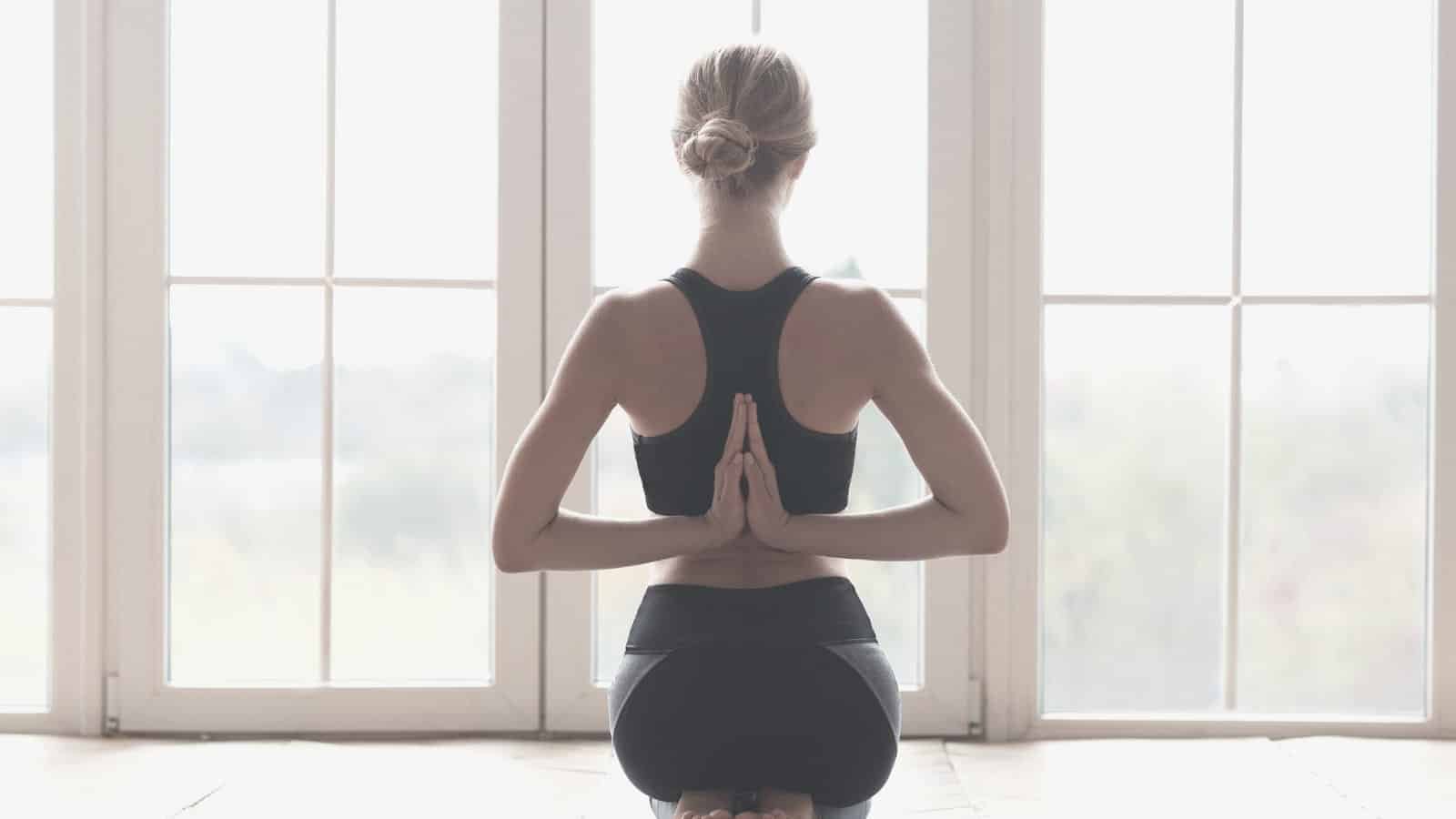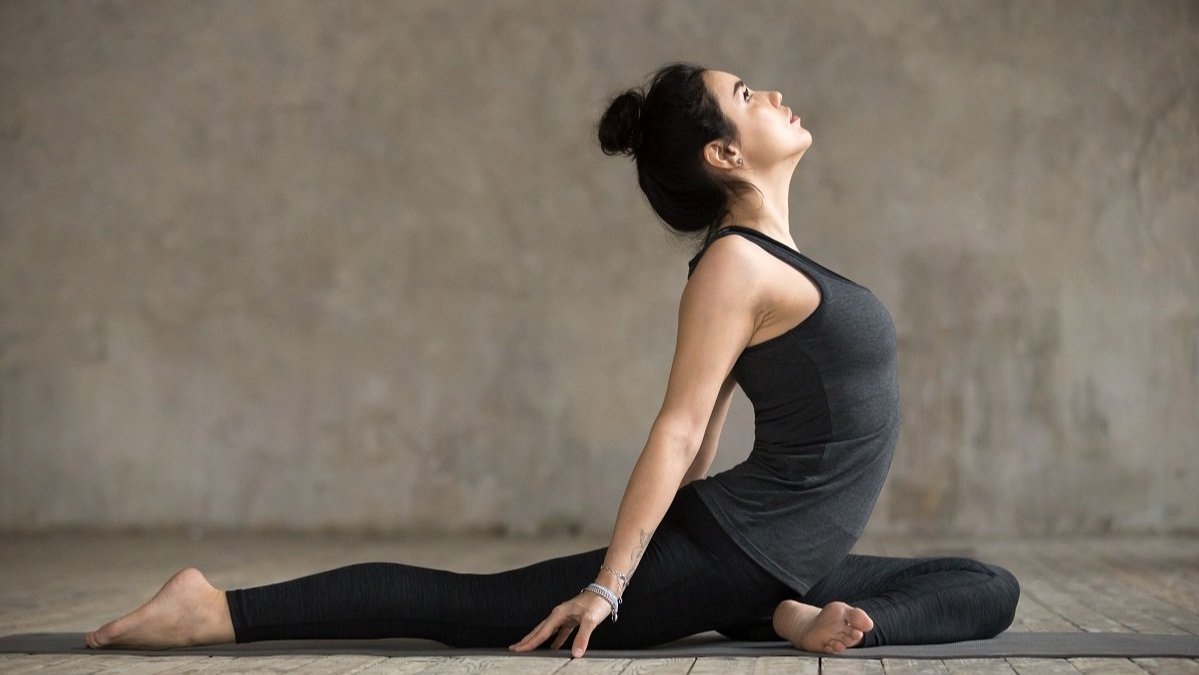Awakening your natural potential
I’ve recently published a playlist of meditation classes, which teach you how to develop kindness and compassion for yourself and others. I call this age-old meditation technique, ‘Awakening your Buddha Smile’, by which I mean, awakening your natural potential for kindness and compassion. It is one of your deepest potentials – the opportunity to receive with warmth and openness, whatever is here in this moment.
In developing kindness and friendliness, you don’t have to feel ‘good’ or friendly. A vital part of friendliness is that everything is welcome. So feeling ‘good’ when you practise a kindness meditation is not mandatory. If you do happen to be feeling good, fine – but also know that it’s okay to allow space for pain or hurt, or any other feeling that you may usually try to avoid.
What we want to get in touch with is the universal kindness, the universal friendliness of non-judgmental awareness. The friendliness of life itself, that supports and welcomes you, right now, in this moment. Everything included, exactly as it is. It is the smile of the creation for its creation.
Meeting resistance
When there is resistance, don’t chase it away or think that it’s wrong or a hindrance to your meditation. Allow it to be there; it is valuable for you to also watch your resistance – especially your resistance to friendliness or compassion.
Understand that at some level friendliness can feel uncomfortable or even painful. It might remind you of the lack of friendliness or compassion at a time when you desperately needed it. Or maybe you missed it as a child. Getting in touch with this can be very painful, but also healing.
Kindness can make you feel uncomfortable, scared or even angry. Suppose you were told as a child that you “should” be kind – the implication being that you were not. This can be hurtful. Or perhaps someone who acted kindly towards you misused your trust?
It can also be threatening to look with kindness at things that we don’t like about ourselves. We often feel the need to be critical or harsh to ourselves when we do things that aren’t ‘good’ – like eating the entire chocolate bar, or binge-watching Netflix, etc. Looking with kindness towards those things might feel like we give in or agree. However, I invite you to try it. Kindness brings forth compassion. And compassion is healing.
Usually, we try to change things by looking at them with unfriendly and critical eyes. But this truly does not work. Be open to trying a different approach. Let yourself be surprised by what it can bring about! Include the things you don’t like in the friendly watching – these are probably the things that are in need of it the most.
Watching from a distance
During these meditations, I ask you to watch yourself with kindness from a distance. If you have never consciously done this before, it might sound strange. But it can be done and is, in fact, part of almost every spiritual training.
We know how it is to be looked at by others – maybe, you may have often experienced being watched with ‘critical eyes’. Perhaps this even feels more ‘normal’ than to be looked at with kindness? This is why it is so important to learn to watch yourself with kind and friendly eyes; to stop the unconscious, critical ones that are so hurtful to us. To watch from the heart rather than from the mind; thus re-finding our ‘Buddha smile’. To unlock our potential to be at peace with life, with ourselves, even if we feel depressed, sad and inadequate.
So don’t think there has to be a smile on your face all the time! Although, of course, it’s fine when there is one. The Buddha smile is in the air. The air that permeates everything. We only have to reconnect with it.






